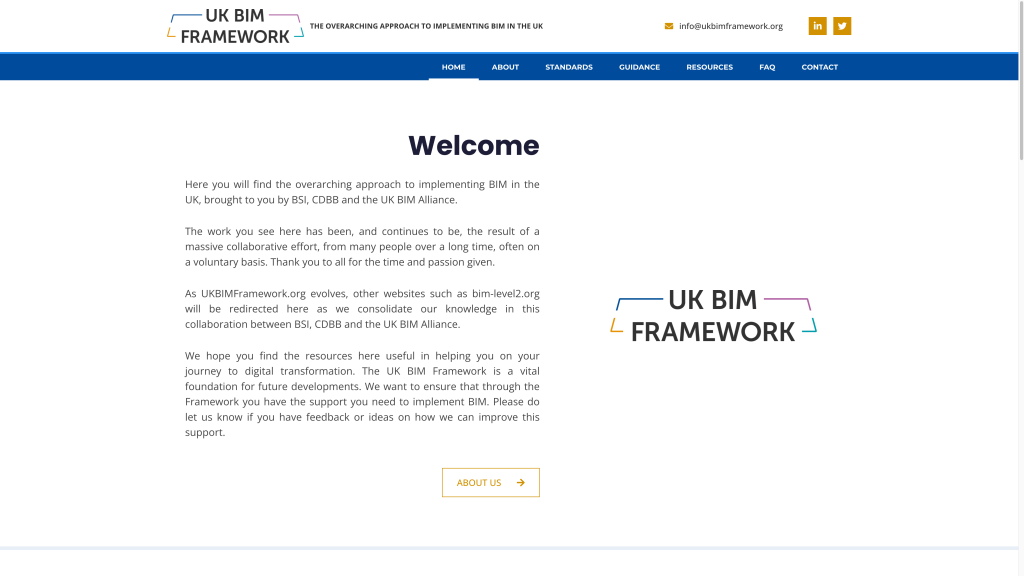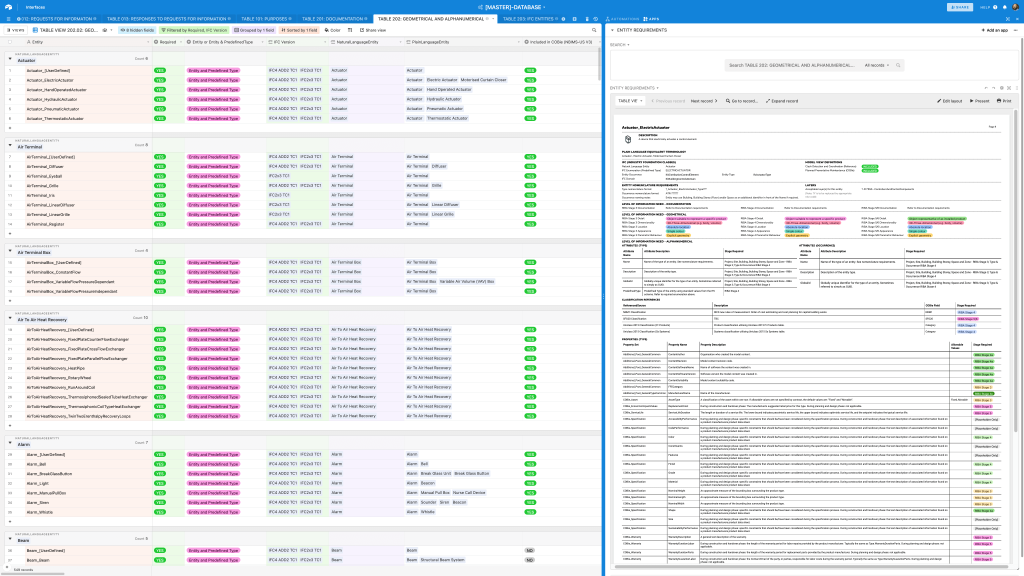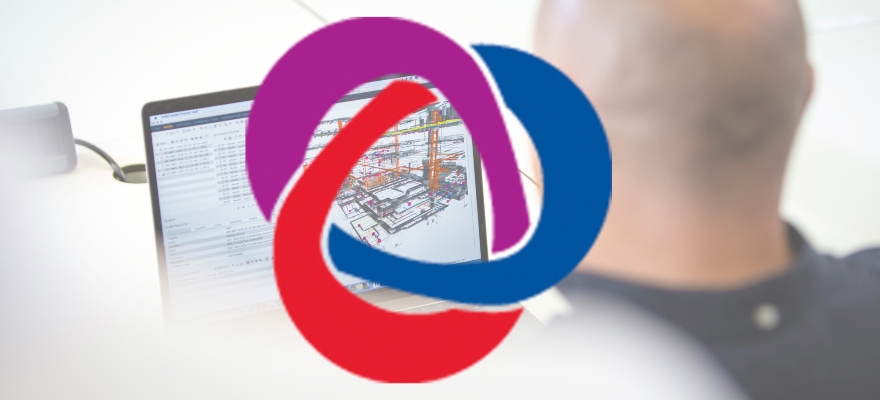Can the industry deliver on the promise of Better Information Management (BIM)?

It is now over 10 years since the UK government announced their intention for projects to reach ‘BIM Level 2’ maturity from 2016 onwards. Since then, the UK has moved on from ‘BIM Level 2’ to develop a current approach around the UK BIM Framework. The UK’s journey has evolved from a sole focus around building information models (BIM) to one that now encompasses thinking around all the exchange information requirements, not just the model deliverables.
 Image: UK BIM Framework
Image: UK BIM Framework
In the early days much of the approach to BIM was led by vendors, consultants, and contractors. However, through the various iterations of the standards the onus has always been on the client to determine the information they need from both capital delivery projects and during the operational phase of assets. Now in 2022, the drive and direction are being very much driven by more informed clients.
Certainly, over the last 5 years the quality of the documentation (or resources as they are referred to under ISO19650) being produced by clients has often been of low quality. Most of these resources have been written by consultants with limited understanding of the client organisation and very focussed on models. However, consultants are not entirely at fault, as often clients are not aware of the investment required to get real value from what they are specifying and asking their consultants to document.
Many clients who produced these resources previously have seen little in the way of change and improvement in their organisations and most of the efforts of the supply chain have largely been wasted in terms of useful outputs provided to clients. That said supply chains understand far better now how to deliver the information to clients, and technology has slowly improved to help the production side. In some ways the steps that have been taken so far were necessary to get us to where we are today.
Now in 2022 we are seeing those clients who have been on their BIM journey for some time, take stock of what they are asking for and many are beginning to review and analyse the resources they have produced previously. Many of these clients are realising they need to go back to a blank sheet of paper (or at least the digital version!) and review everything they are asking for. In developing updated resources, clients are realising that whilst employing consultants is still often necessary, they themselves need to be far more engaged in the process. Clients are also realising that information requirements need to be produced in advance of capital projects coming online and that it is necessary to spend time finessing these requirements.
2022 represents an opportunity for clients to take stock and set out exchange information requirements that are aligned to current processes and standards and that will deliver robust information that will truly be of benefit to them.
When writing exchange information requirements it is important for clients to consider the future. Most information requirements historically have been produced using traditional technology, mostly Microsoft Word and Excel. These are then often provided to consultants and contractors in PDF and XLSX formats. Whilst this is adequate for communicating requirements, it does not make the most of technology solutions to improve the robustness of these requirements and to ultimately support more automated workflows.
Requirements for information are often extensive and complex, and the need for technology to help set out information requirements is becoming more and more critical. To do this, clients need to consider the use of cloud-based databases to get the most from their requirements. The use of databases is critical to removing errors and ambiguities in information requirements and for providing a greater connection between the requirements and project delivery. Of course, databases are also necessary in the delivery of information, but as both clients and delivery teams adopt these technology solutions over traditional methods, we all have a greater ability to improve the quality of the information being shared and produced.

Understandably, some organisations are not quite ready to invest in a database approach. However, at Bond Bryan Digital, we have been helping clients adjust their approach so that the information requirements are at least ‘database ready’. This process provides a pathway to developing a smarter approach in the near future when these organisations are ready to take the next step in their digital journey.
The use of databases will no doubt increase over the next few years. Databases will ultimately help more automation and potentially reduce the number of manual interventions required during the delivery phases. Using databases will help provide greater standardisation and help reduce the amount of manual intervention. To make the most of these databases, clients need people who understand the current standards, how to use and configure these databases and work collaboratively with them to document their exchange information requirements through stakeholder engagement.
It is essential for people developing the information requirements to have a combination of knowledge of current processes and standards, people skills and technology. There is currently a shortage of individuals that have a balance of these skills and the biggest challenge now for the industry is to find enough people to perform this role otherwise clients’ risk being held back in their digital journeys. Without these people, the industry will take another 10 years to access the true benefits of better information management (BIM).
Rob Jackson, Director, Bond Bryan Digital
Terms and conditions
All content provided on this Knowledge Hub is for informational purposes only. The owner of this Knowledge Hub makes no representations as to the accuracy or completeness of any information on this site or found by following any link on this site. Bond Bryan Digital Ltd will not be liable for any errors or omissions in this information nor for the availability of this information. Bond Bryan Digital Ltd will not be liable for any losses, injuries, or damages from the display or use of this information.
We are happy for others to share our Knowledge Hub pieces through all social media platforms. You may include links to the original blog pieces and use part of the Knowledge Hub to then provide a link to the original content. However we would appreciate it if the content is not reproduced in full on other sites or publications without written consent being granted by Bond Bryan Digital Ltd.
This policy is subject to change at any time.







